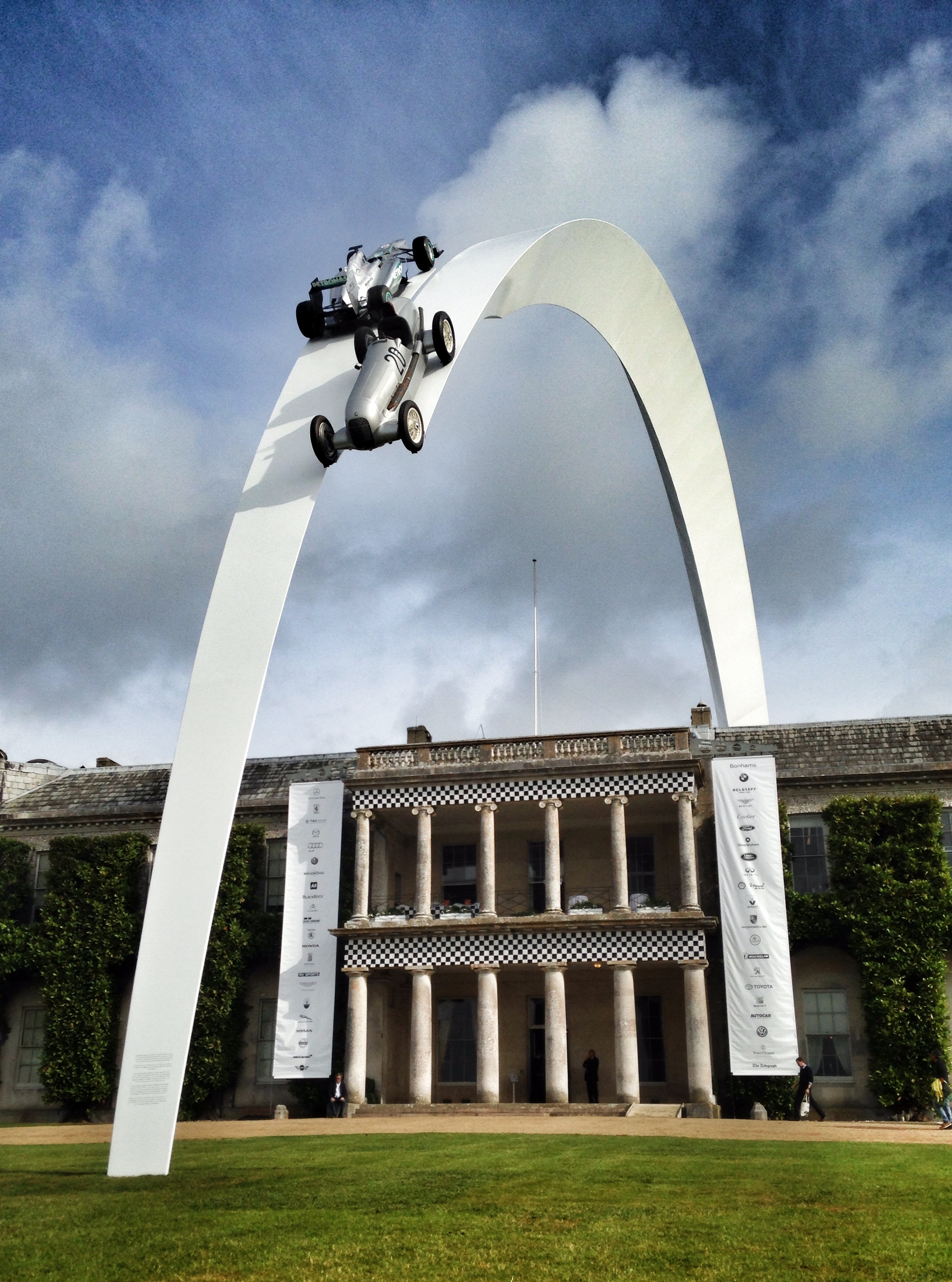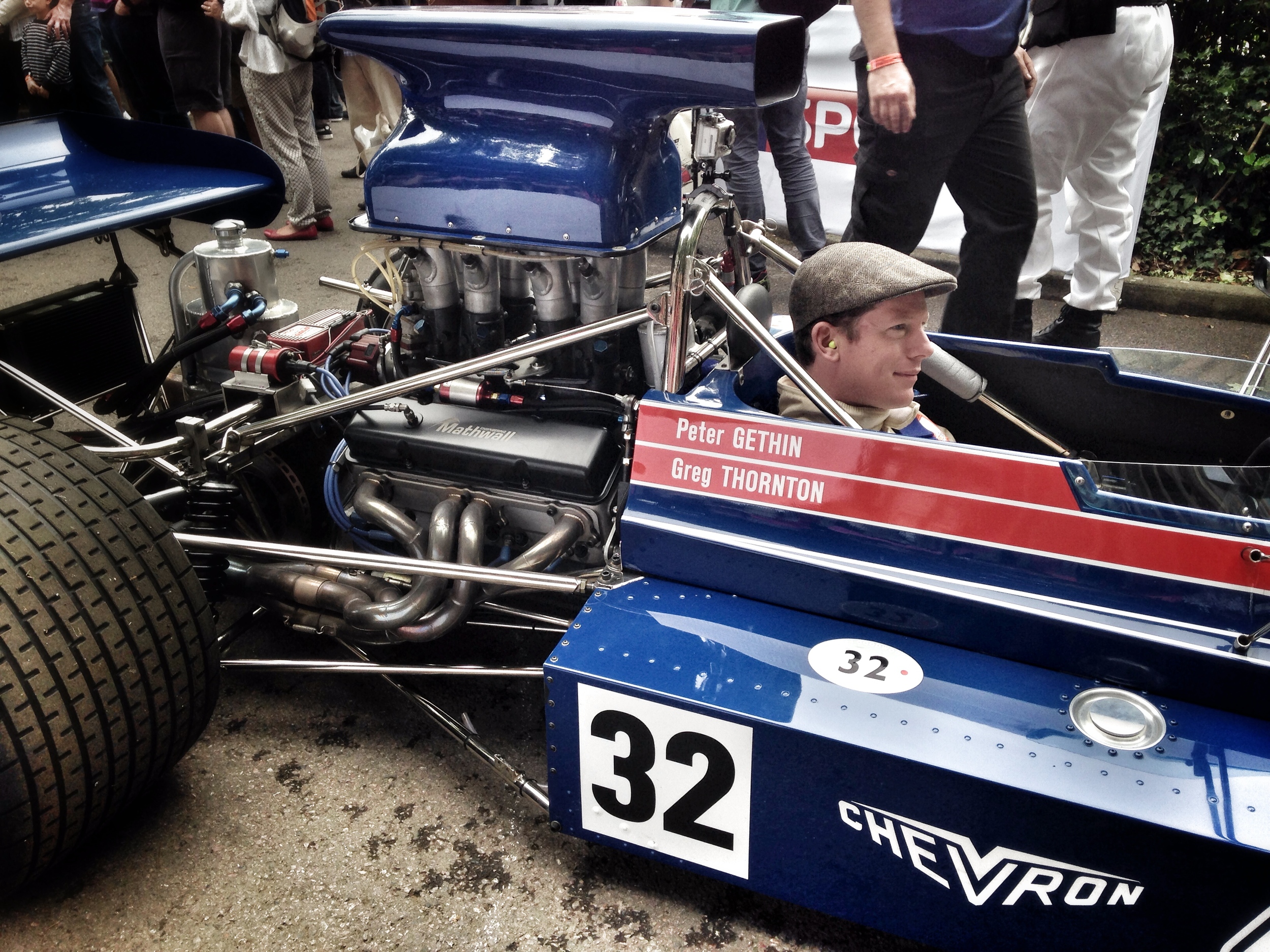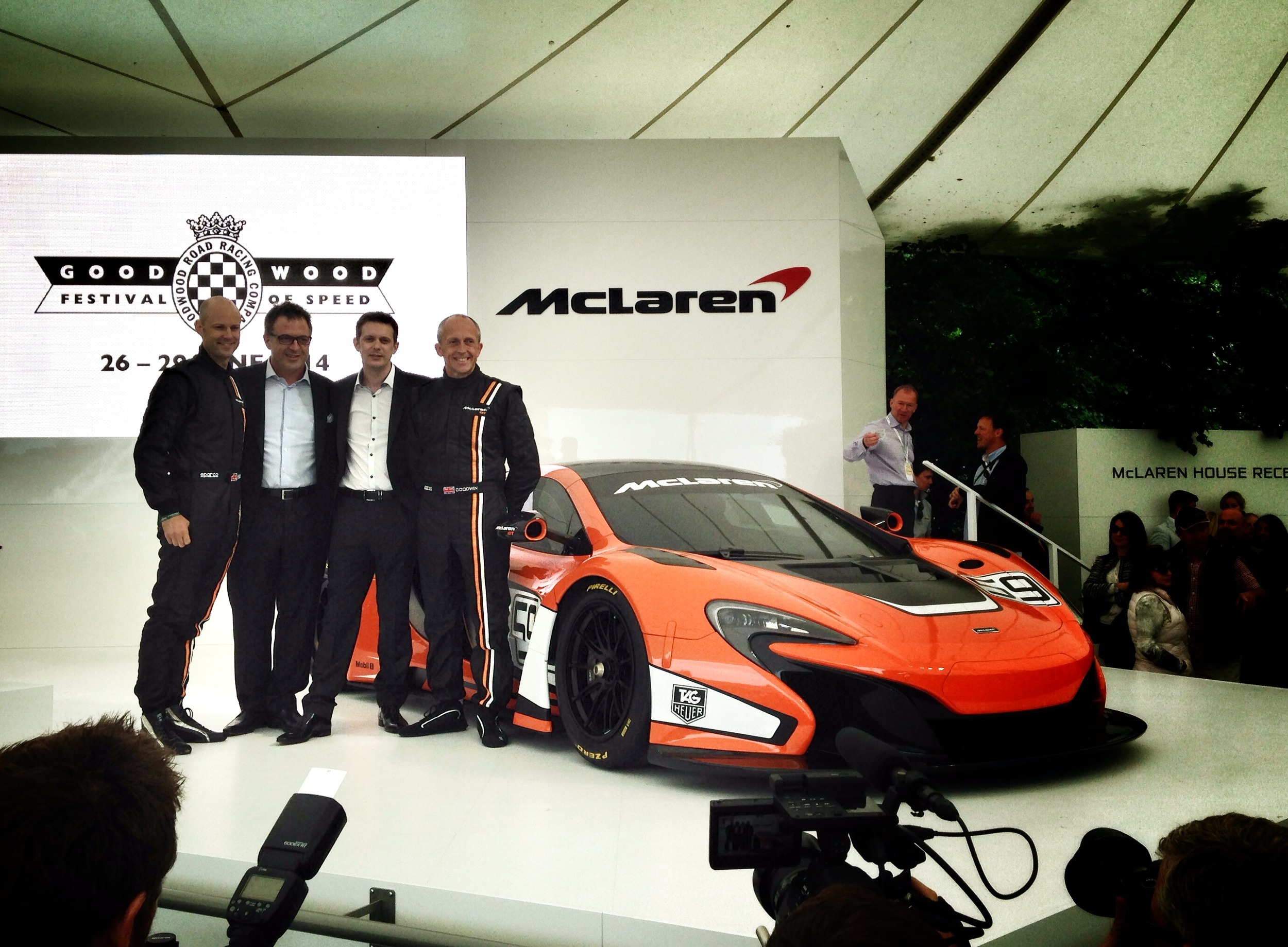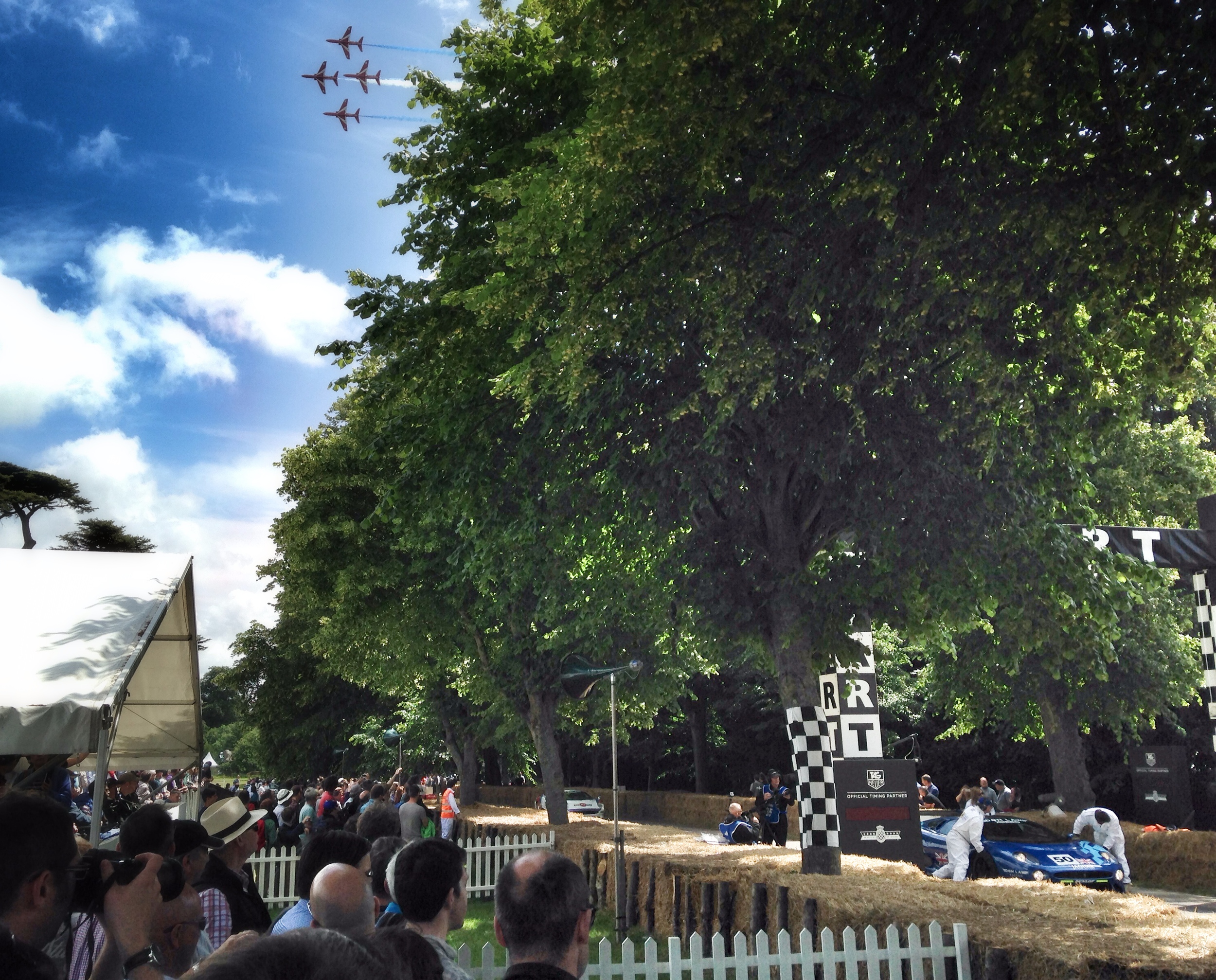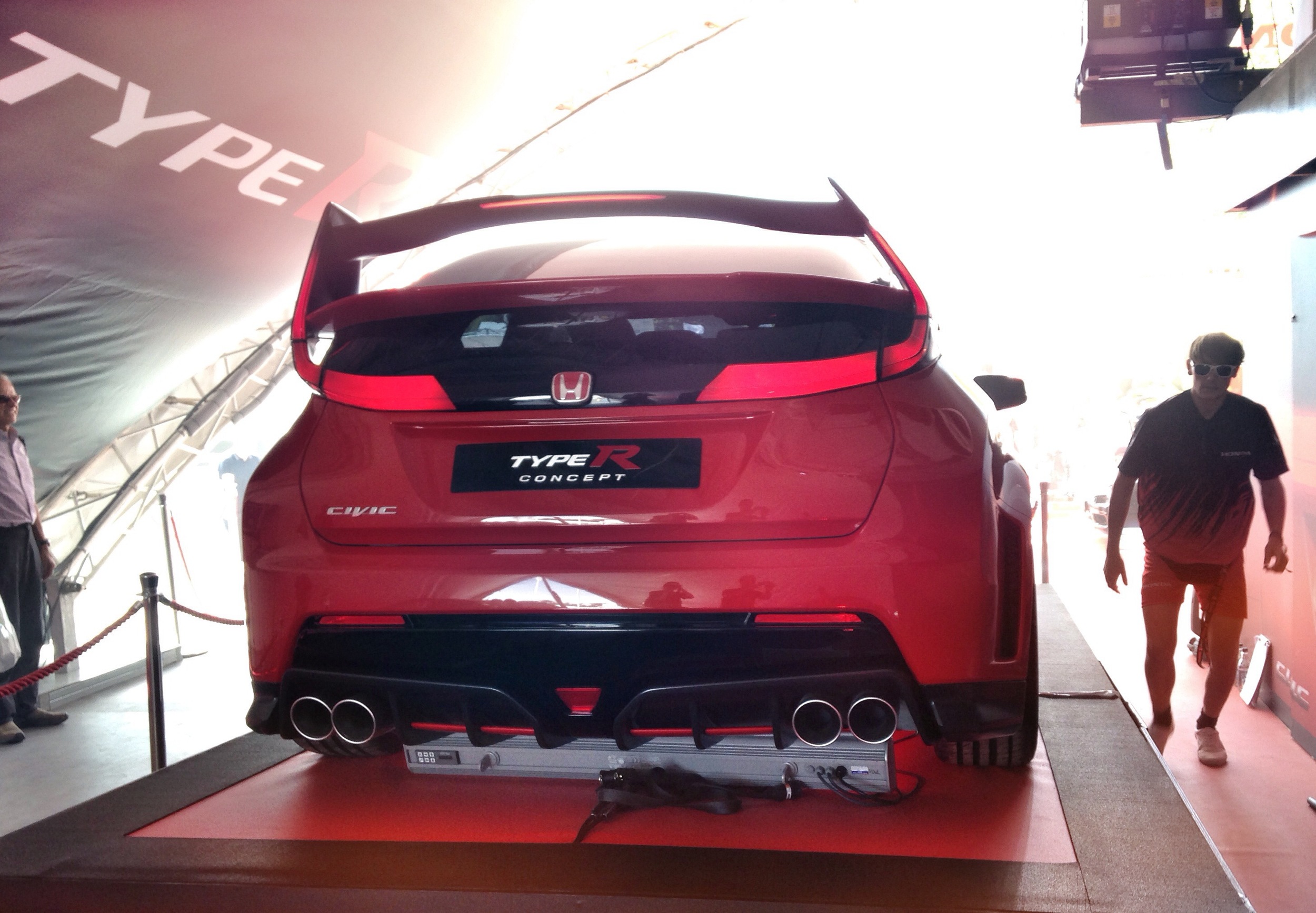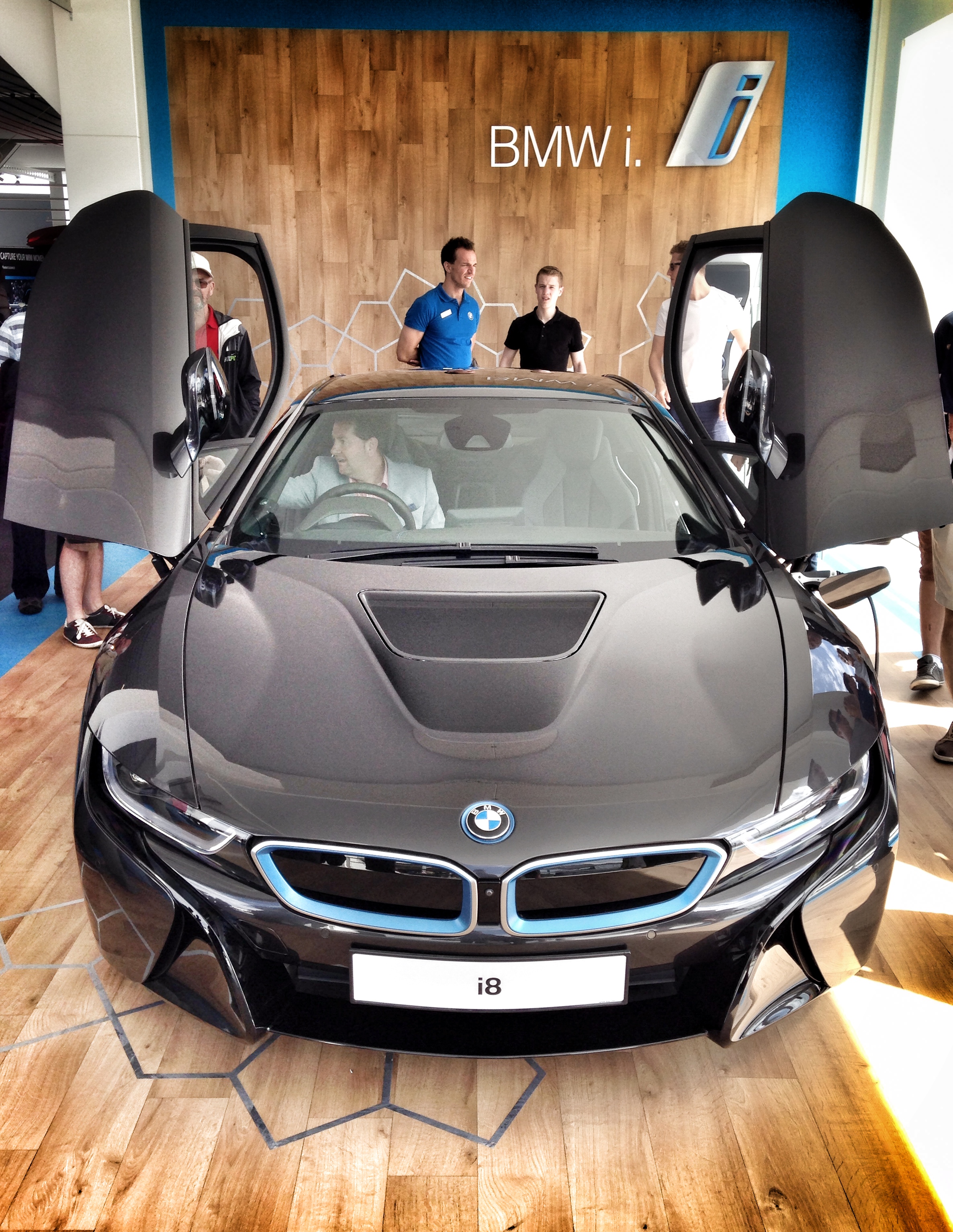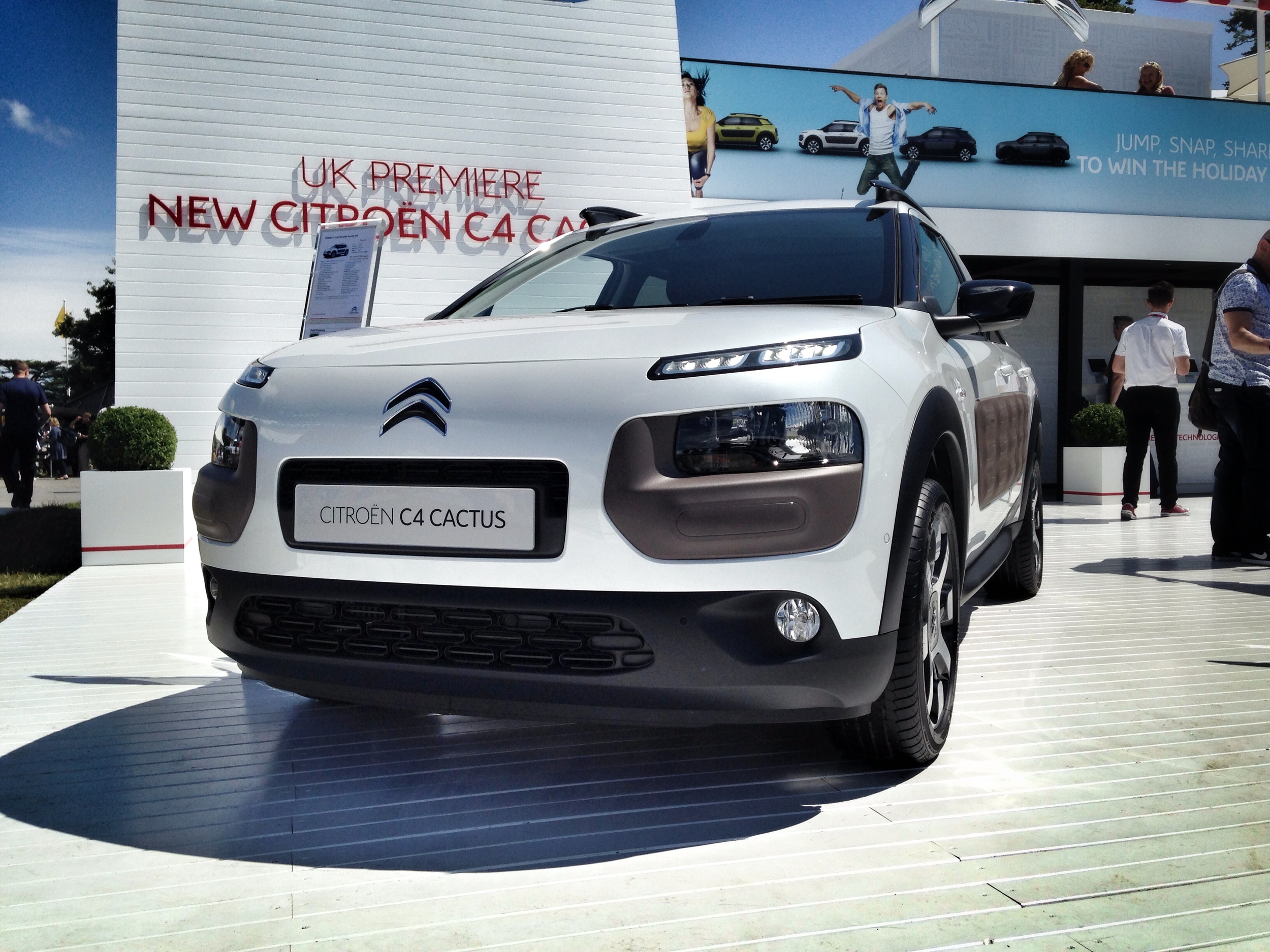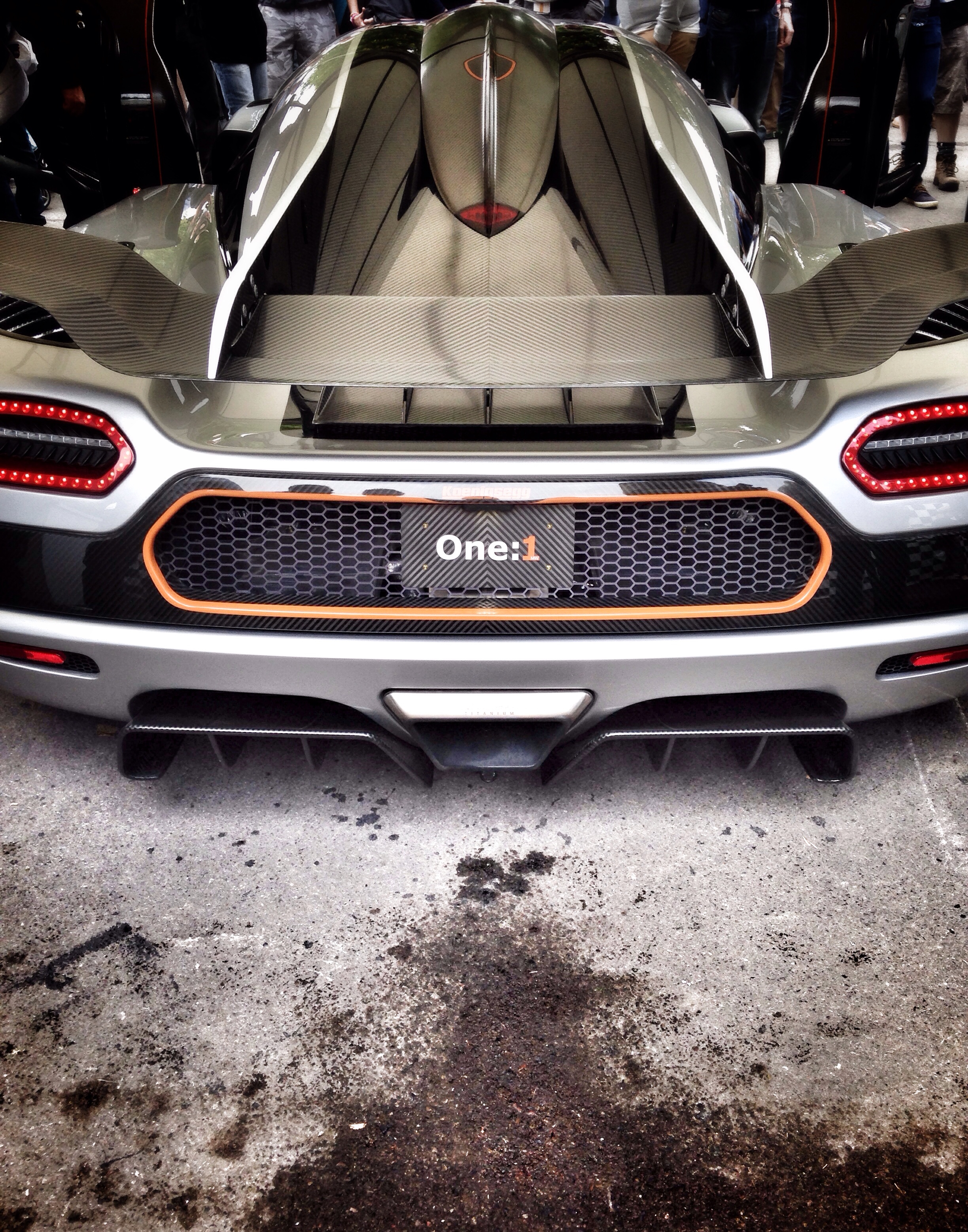It's the show that offers the lot – motor racing, new model reveals, celebrity drivers and guests, stunts and the Red Arrows. Goodwood Festival of Speed is everything modern motor shows aren't... because it's actually a show.
If like me, you share more than a passing interest in cars, particularly fast ones, you'll either have already have visited this iconic event or it's written in engine oil on your automotive bucket list.
This year's show was as popular as ever and visitors flocked to the live action around the garages to sample the sound and smell of F1 and supercar models of present day and yesteryear. It's a spine-tingling experience that the digital world is a long way from effectively simulating. I hope this event keeps the memories alive long after the petrol engine is legislated off our roads.
I wanted to capture as much of the passion and action of the event this year so my Twitter, Vine and Instagram feeds were working overtime. Audi builds the largest stand by far, but Goodwood isn't all about scale, it's about intimacy and a genuine connection between fans and brands. Nissan won the day for me, revealing their incredible Concept 2020 supercar, the stunning IDx Nismo and IDx Freeflow design studies, Nismo GTRs (one driven up the hill by Sir Chris Hoy, who also made a guest appearance on the stand), a raft of new models and Oculus Rift VR simulations. All this on a relatively small stand. No Audi, bigger is not better.
To illustrate the popularity of Nissan's Concept 2020, my Vine video has received 1100+ Likes and 500+ reVines. With no social replies to this from official #FoS and @Nissan channels, an opportunity has been missed to be part of the conversation.
The only disappointment for me this year (apart from my Dad being unable to attend as my regular Goodwood track buddy) was the overhyped promise of social channel interaction – otherwise known as Twitter and Instagram coverage. As with previous years, this remained largely one-sided – with the official #FoS channels being particularly guilty of blatant 'broadcast' with very little engagement (apart from conversations with the manufacturers).
Notable social highlights were a Twitter acknowledgement from @MercedesBenzUK for this shot...
...and a regram by @McLaren for my photo of the M7C (currently on over 3000 likes).
This is an amazing show, year after year. Long may it continue, perhaps with the virtual social experience to match the physical extravaganza next year.
My full photo stream is available on Instagram, but here are my highlights.

